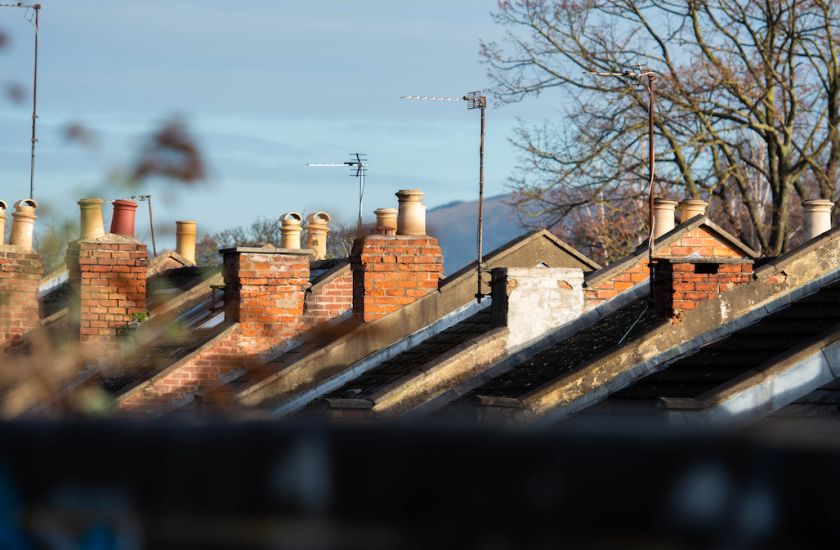The latest official figures show that there are now 105,750 households in temporary accommodation (TA) including 139,840 children as of March 2023; a new high since records began 25 years ago.
Shelter estimates that around 250,000 individuals live in TA - a population about the size of Westminster. In spite of the staggering numbers, temporary accommodation remains relatively unknown in comparison to rough sleeping, a more visible form of homelessness.
This is mainly because people in TA have roof over their heads and are therefore “hidden”, but also because ‘temporary accommodation’ itself is difficult to define and understand, as various types of accommodation fall under its bracket: B&Bs, Houses of Multiple Occupation (HMOs), and hostels. TA is often labelled interchangeably as temporary accommodation, emergency accommodation, council accommodation, and emergency housing, which raises the question: is there a difference and how would we describe it?
In this (slightly-longer than usual) blog, we give our insights into the confusing nature of temporary accommodation with as little jargon as possible.







